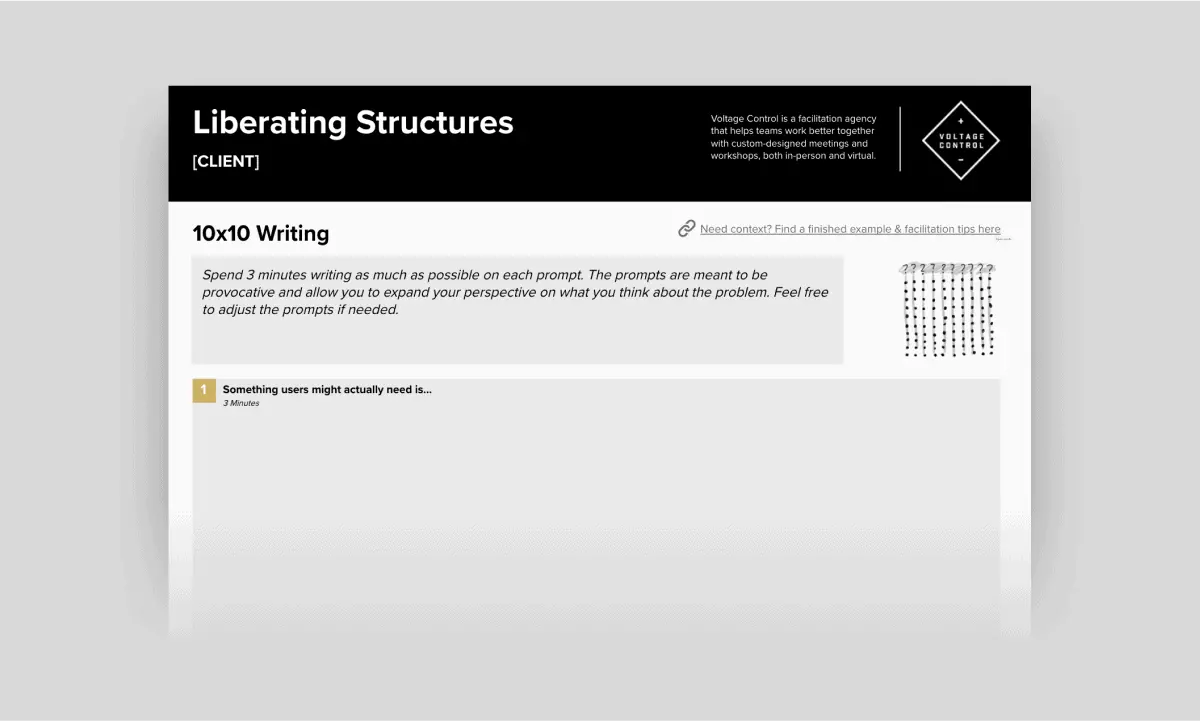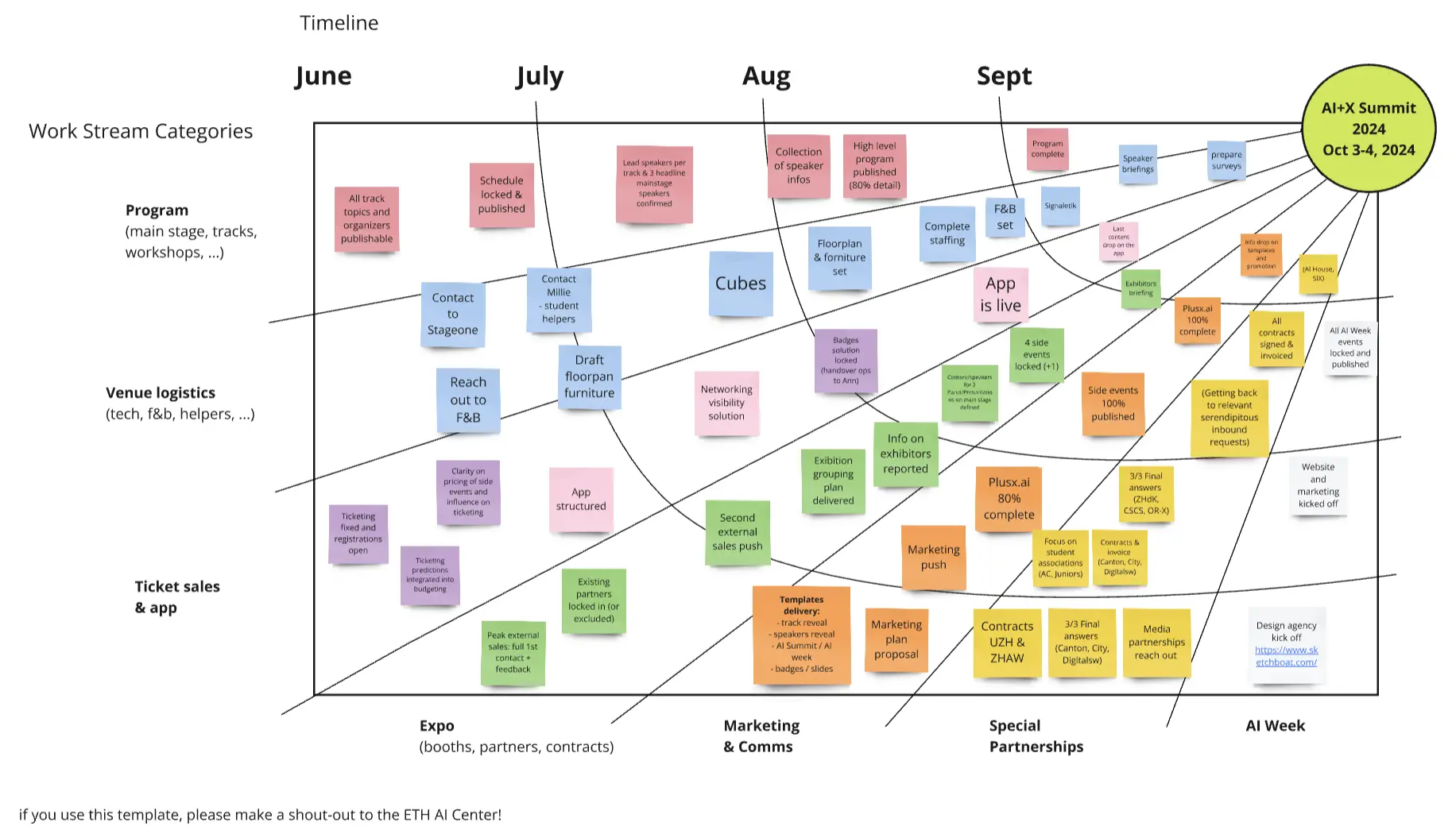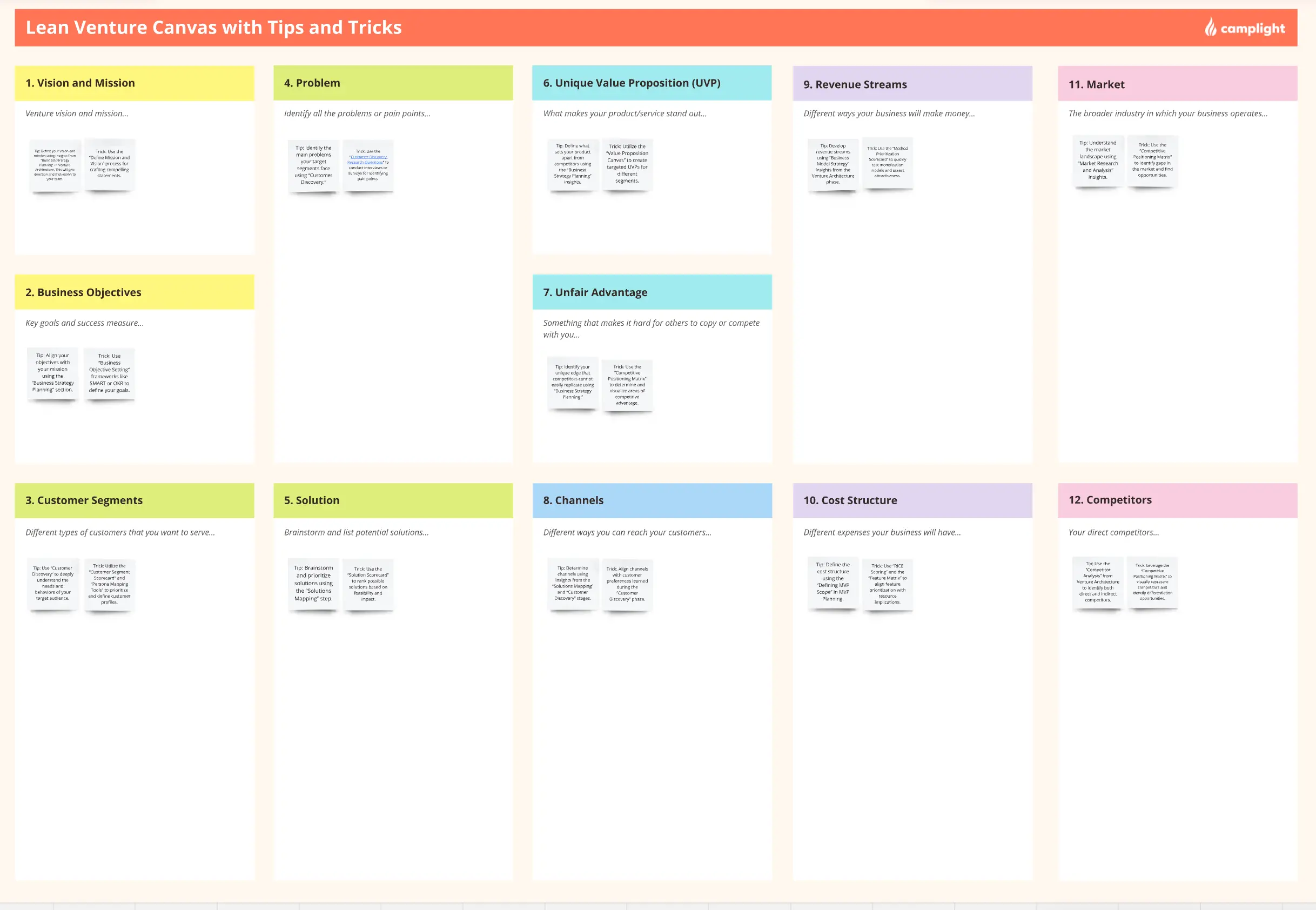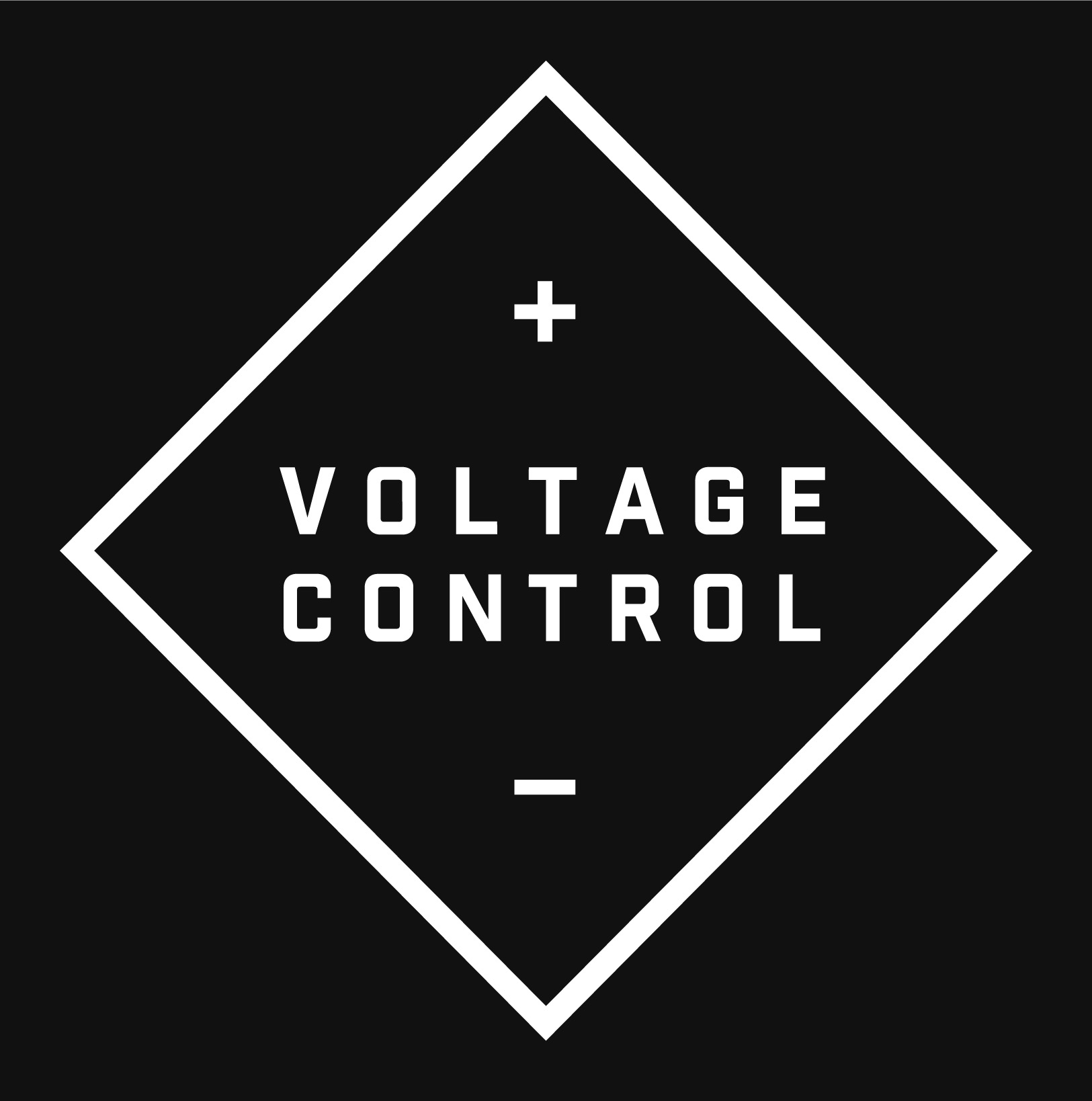DAO Business Model Canvas
The DAO Business Model Canvas is a strategic framework crafted to help founders and teams create a resilient and impactful DAO by addressing both external and internal elements of decentralized organizations. Tailored to the unique needs of DAOs, this canvas goes beyond traditional business model elements to emphasize critical areas like governance, tokenomics, contributor dynamics, and treasury management alongside conventional factors like customer segments and value propositions.
Key Sections of the DAO Business Model Canvas:
Customer Segments: Defines the DAO’s target audience or community members.
Value Proposition: Articulates the unique value the DAO provides to its members and contributors.
Governance: Outlines how the DAO will communicate and make decisions, including voting structures and proposal processes.
Key Activities: Details essential actions for advancing both customer and contributor interests.
Ecosystem Key Partners: Identifies external partners who support the DAO’s competitive advantage.
Customer Relationships: Describes the frequency and nature of interactions with the community.
Key Contributors or SubDAOs: Lists key stakeholders or specialized groups within the DAO that play critical roles.
Team Relationships: Sets expectations for collaboration and interaction among DAO members.
Channels: Specifies how the DAO will reach its audience and communicate its message.
Funding Mechanism and Tokenomics: Defines the token distribution, incentive model, and funding strategy.
Cost Structure: Outlines the DAO’s primary expenses, including development and marketing.
Treasury Management: Details the controls, compliance, and treasury management practices to ensure financial stability.
Revenue Streams: Identifies how the DAO will generate revenue, such as through membership fees or service provision.
By covering these essential areas, the DAO Business Model Canvas offers a comprehensive view of the requirements for building, operating, and sustaining a successful DAO. It serves as both a roadmap and a diagnostic tool, enabling teams to refine strategies and ensure alignment between internal operations and external goals.
Categories
Similar templates






